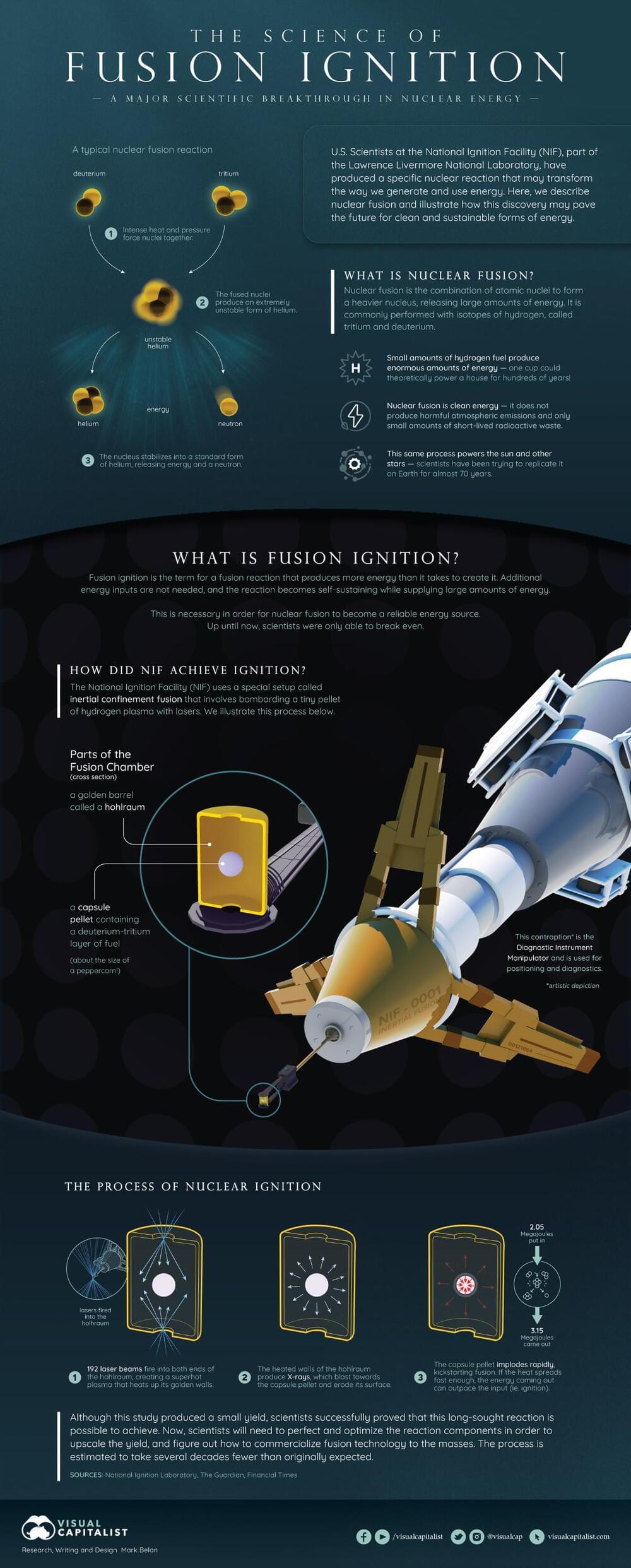An exploration of ten far future ways we might colonize the Milky Way.
My Patreon:
https://www.patreon.com/johnmichaelgodier.
My Talk Show Channel:
Links:
An exploration of ten far future ways we might colonize the Milky Way.
My Patreon:
https://www.patreon.com/johnmichaelgodier.
My Talk Show Channel:
Links:
An exploration of scenarios within scientific possibility of why aliens might choose to invade earth.
https://www.patreon.com/johnmichaelgodier.
Music:
Cylinder Five by Chris Zabriskie is licensed under a Creative Commons Attribution license (https://creativecommons.org/licenses/by/4.0/)
Source: http://chriszabriskie.com/cylinders/
Artist: http://chriszabriskie.com/
Cylinder Seven by Chris Zabriskie is licensed under a Creative Commons Attribution license (https://creativecommons.org/licenses/by/4.0/)
Source: http://chriszabriskie.com/cylinders/
Artist: http://chriszabriskie.com/
Cylinder Three by Chris Zabriskie is licensed under a Creative Commons Attribution license (https://creativecommons.org/licenses/by/4.0/)
playlist.
Share your videos with friends, family, and the world.



The crew and passengers aboard the whale watching boats have described it as a once in a lifetime moment. Lucky for you, it was caught on video!

In this video I discuss why Neuromorphic processors is the future of AI #NeuromorphicChips #Loihi #IntelNeuromorphic.
➞ Register for Phenom AI Day here:
https://bit.ly/3l4CDWx.
TIMESTAMPS:
00:00 — Intro.
00:32 — Phenom AI day (Ad)
01:03 — What is Neuromorphic Chip.
03:19 — Intel Loihi explained.
07:16 — New Intel Loihi 2
09:45 — Analog Neuromorphic chip by Rain Neuromorphic.
10:45 — Other chips.
***
➞ Support me on Patreon: https://www.patreon.com/AnastasiInTech.
➞ Subscribe for new videos every week! ❤ And leave me a comment below!
